
In Ayurveda, Bitter, Astringent, and Pungent Foods Help Balance Kapha Energy in the Spring
Astringency is commonly referred to as the dry mouthfeel, although it is a very complex sensation with various definitions proposed over time. Studies and hypotheses, through which the concept has gone over-time, are explored in the present review. Astringency has Latin origin from the word ad stringere, which means "to bind".

The Six Different Tastes in Ayurveda Greens Ayurveda
Astringency is a drying, puckering, and shrinking sensation in the oral cavity. Astringent compounds include phenolic compounds, such as tannins and smaller phenolic compounds, salts of multivalent metallic cations, acids, and dehydrating agents ( Bajec and Pickering, 2008a ).

Ayurveda has developed a very simple dietary program the SIX TASTES. It teaches that all six
Astringency is a frequent sensory experience that can be caused by consumption of various food and beverages, including unripe fruit, nut skin, tea, and red wine (Figure 1). The major astringents from these sources are tannins, the naturally occurring plant polyphenols that are usually found in plant leaves, seeds, and fruit skins.

Astringent Food What is in a flavour? Food For Thought Food For Thought
The Food Processing Center, Department of Food Science and Technology, University of Nebraska-Lincoln, Lincoln, Nebraska. Correspondence. Changmou Xu, The Food Processing Center, Department of Food Science and Technology, University of Nebraska-Lincoln, Lincoln, NE 68588. Email: [email protected] Search for more papers by this author

4 Herbal Astringents and What They're Good For
Astringent foods can be beneficial for your digestive system. They help in tightening and toning the intestinal walls, reducing inflammation, and improving digestion. Consuming astringent foods like pomegranates, cranberries, and green tea can aid in soothing gastrointestinal issues such as diarrhea, bloating, and indigestion.
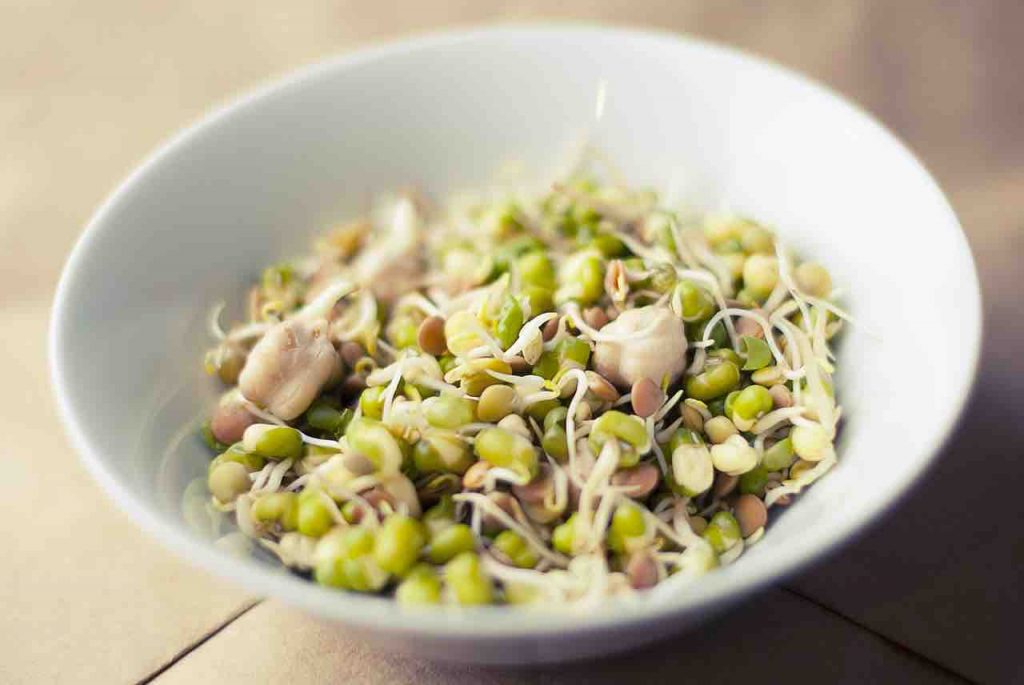
Astringent Flavour In Ayurveda A Complete Guide To This "Odd" Taste
This diet is just a temporary remedy. So, in short, an astringent diet is based on restricting fruits containing proteolytic enzymes and foods containing insoluble fiber, such as wholegrain cereals. At the same time, you should consume more fermented milk products, fruits containing soluble fibers, and other foods such as cocoa or coffee.
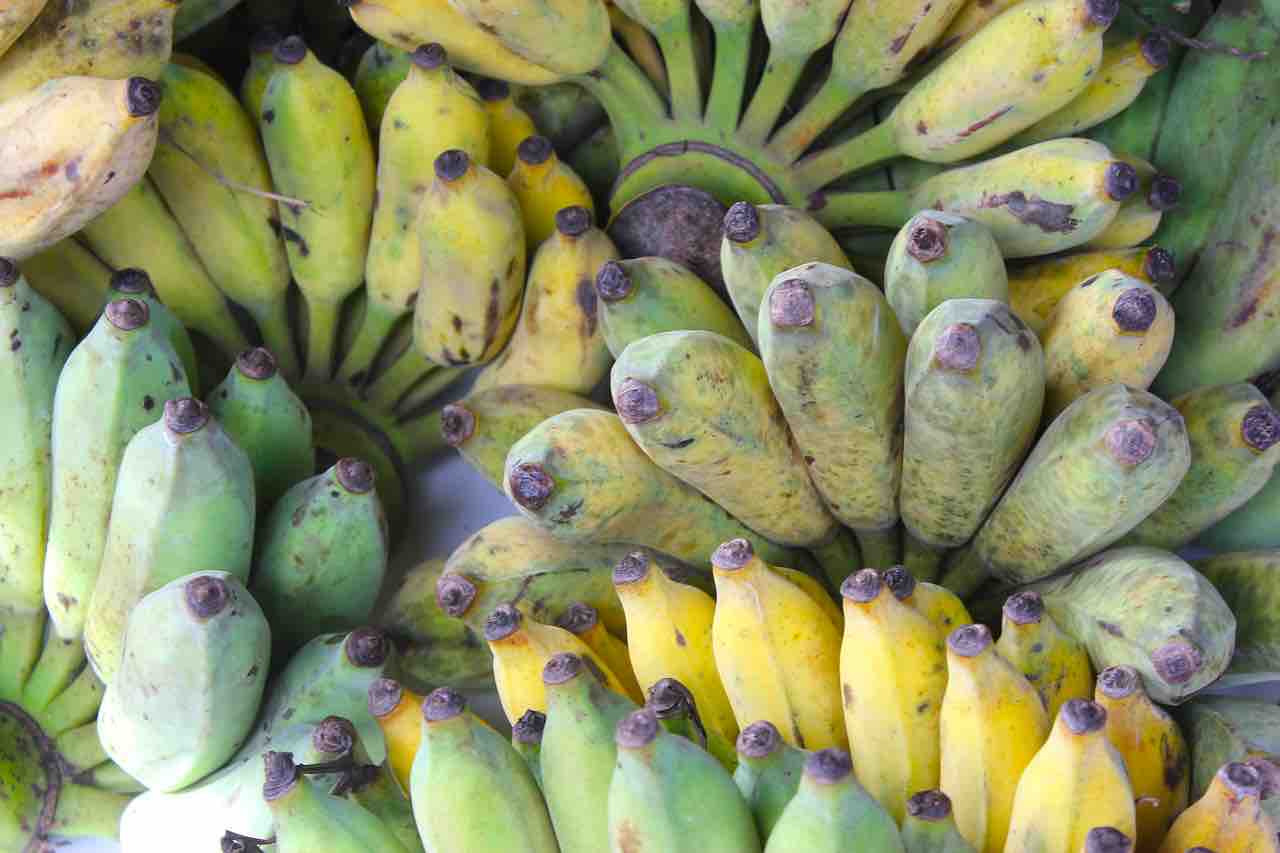
Astringent Flavour In Ayurveda A Complete Guide To This "Odd" Taste
The astringent taste is a flavor of dryness that is generally produced by tannins in the bark, leaves, and outer rinds of fruits and trees. 1 It causes the mucus membranes in the mouth to contract and results in an immediate dry, chalky, and sometimes puckering sensation in the mouth.
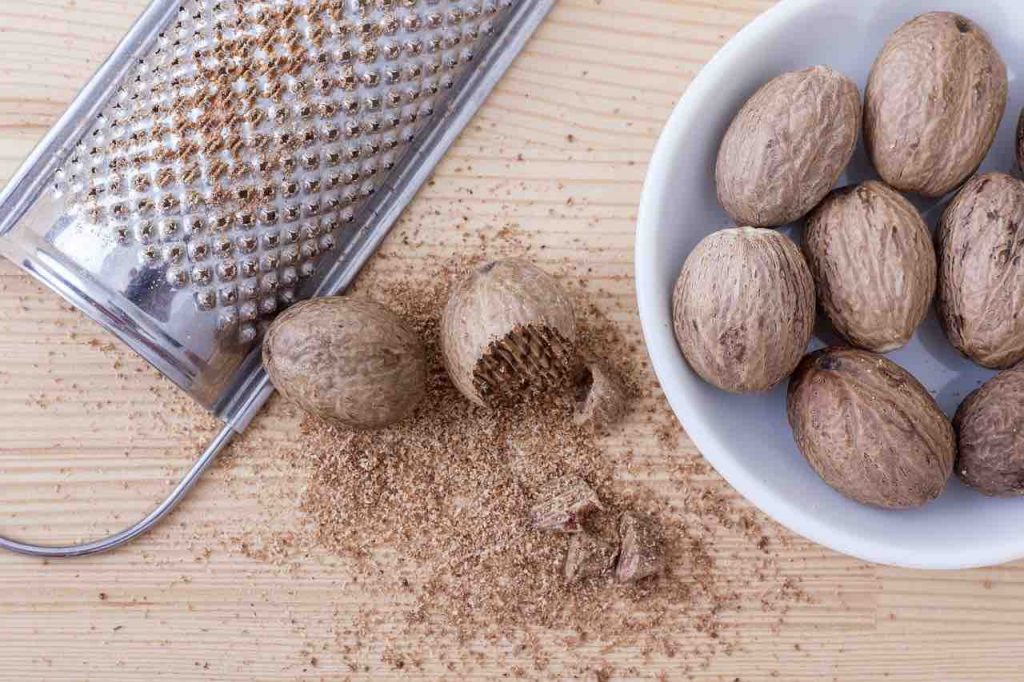
astringent foods Ayurvedum
Summary An astringent is a substance that draws water out of tissues, causing them to shrink. In skin care, using astringent products after cleansing can temporarily tighten the skin, shrink.

Ayurveda has developed a very simple dietary program the SIX TASTES. It teaches that all six
Foods with an astringent taste "have drying and cooling qualities," according to Healthline. Some of these include parsley, beans, turmeric and vanilla. Some of these include parsley, beans.
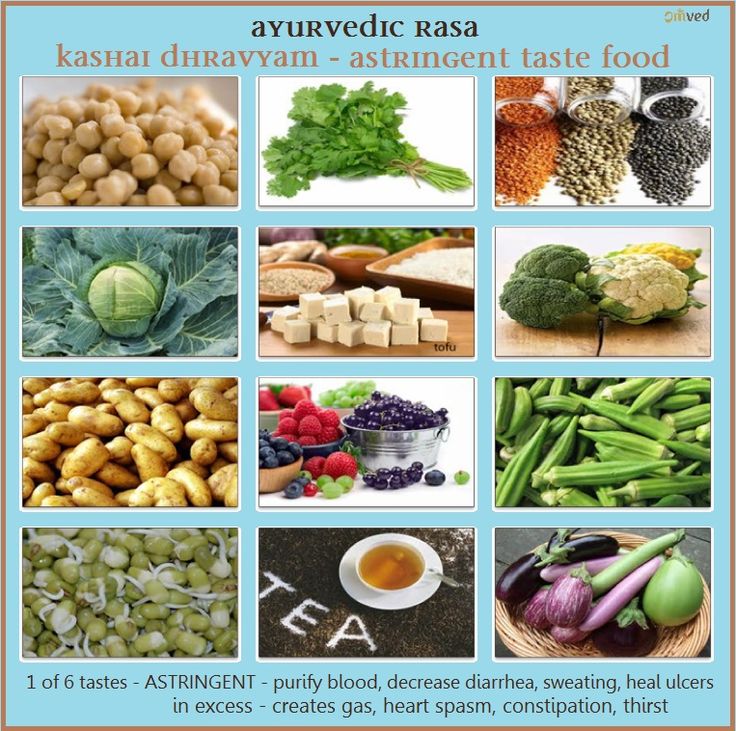
Astringent Taste in Ayurveda Mayapur Voice
The Journal of Texture Studies is the primary food science journal for scientists, engineers,. A loss of mucosal lubrication is likely to be fundamental in astringency development and it seems likely that astringent stimuli alter the salivary bulk, saliva rheology and the saliva pellicle leading to an increase of friction in the oral cavity..

The Importance of Bitter & Astringent Tastes in Your Diet Jiva Botanicals
Astringency plays an important role in the sensory experience of many foods and beverages, ranging from wine to nuts. Given the recent trend toward fortifying consumables with astringent compounds and the evidence regarding the health benefits of some astringents, the mechanisms and perceptual characteristics of astringency warrant further discussion and investigation.

Including Bitter & Astringent Tastes in Your Ayurveda Diet I Jiva Botanicals
Astringency as the complex sensory of drying or shrinking can be perceived from natural foods, including abundant phenolic compounds. Up to now, there have been two possible astringency perception mechanisms of phenolic compounds.

Ayurveda has developed a very simple dietary program the SIX TASTES. It teaches that all six
This is referred to as "astringency" and is often commonly associated with bitter taste. Unlike the five tastes - sweet, sour, bitter, umami, and salty - astringency is a sensation rather than a flavor or taste. So what exactly causes foods to become astringent?
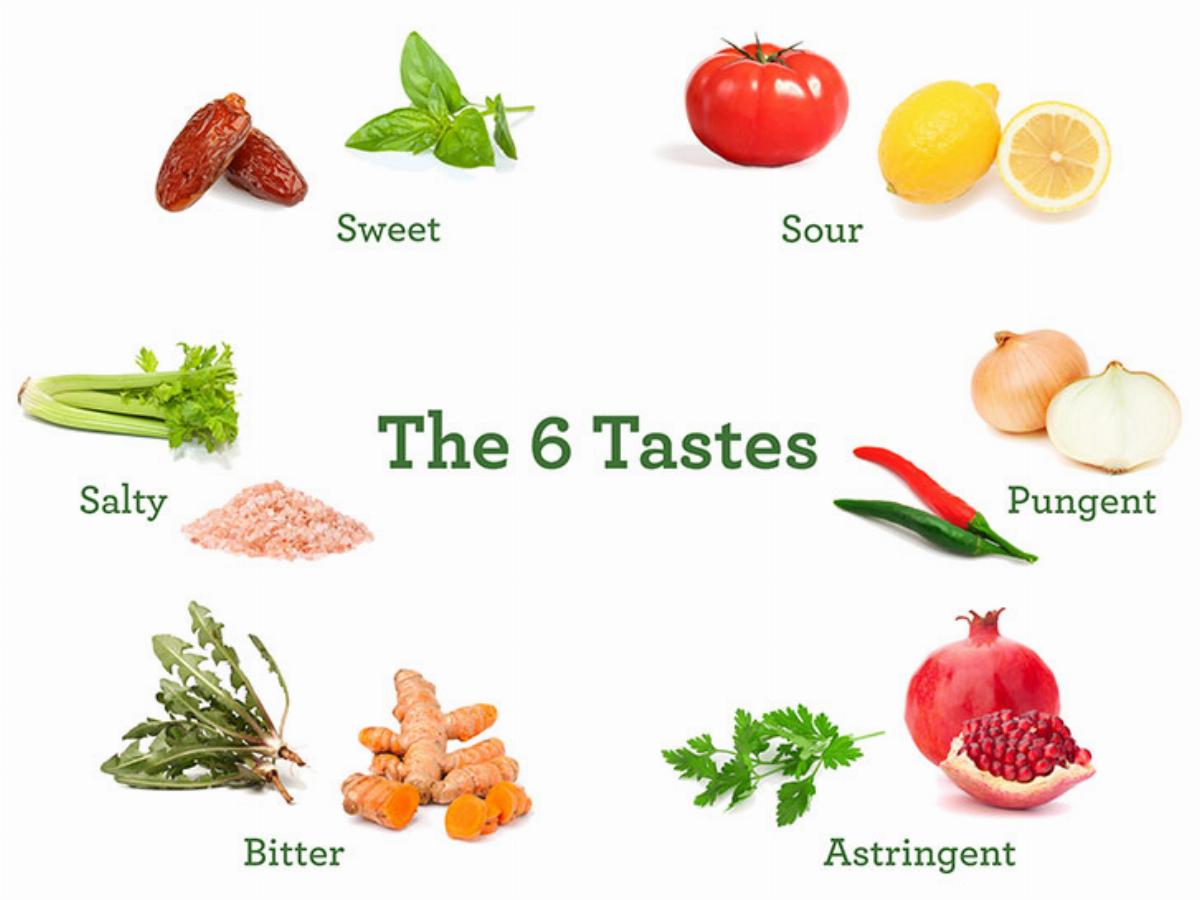
Six Tastes by Ayurveda My Healthy Breakfast
Astringent foods are also helpful for Pitta related inflammation in the gastro-intestinal tract like IBS or Crohn's Disease. And its stool binding function may be a source of relief for someone suffering from the diarrhea often associated with Pitta types.

Season to Taste — The Culinary Pro
Which foods are considered astringent? Here are 5 astringent foods, plus their health benefits. 1. Green tea Green tea brims with astringent plant compounds called tannins and catechins,.
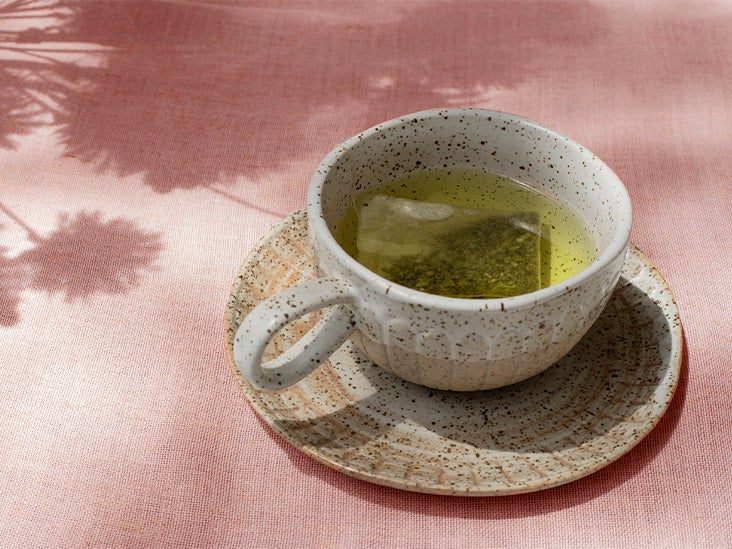
What Is Astringent Taste? 5 MouthPuckering Foods
An astringent (sometimes called adstringent) is a chemical that shrinks or constricts body tissues. The word derives from the Latin adstringere, which means "to bind fast". Calamine lotion, witch hazel, and yerba mansa, a Californian plant, are astringents, [1] as are the powdered leaves of the myrtle. [2]